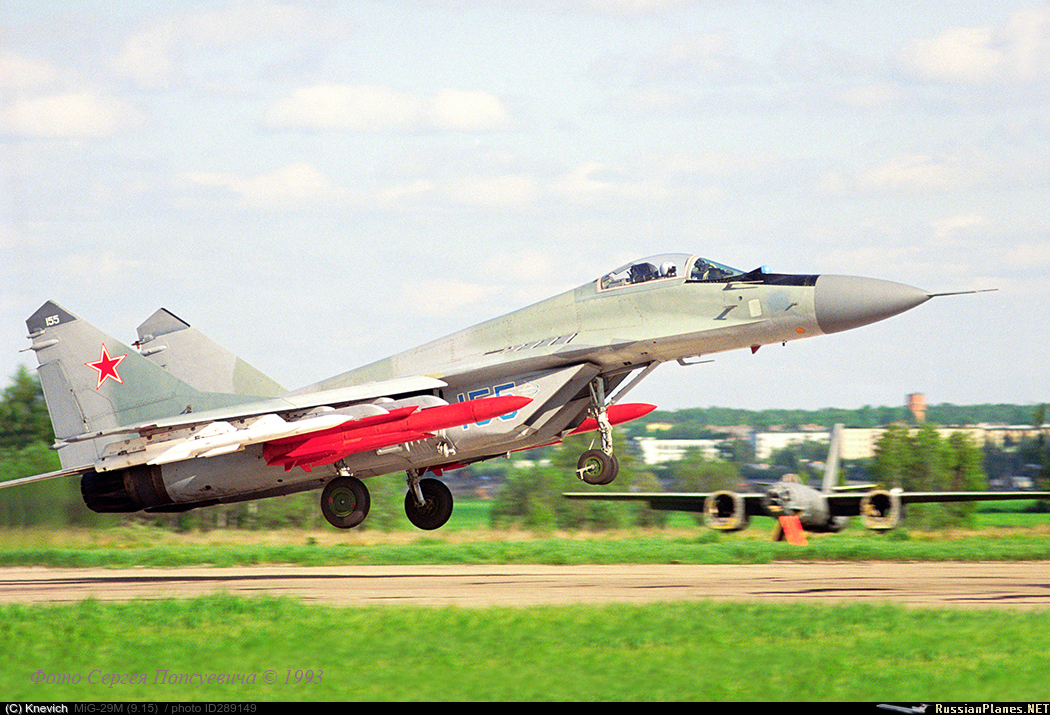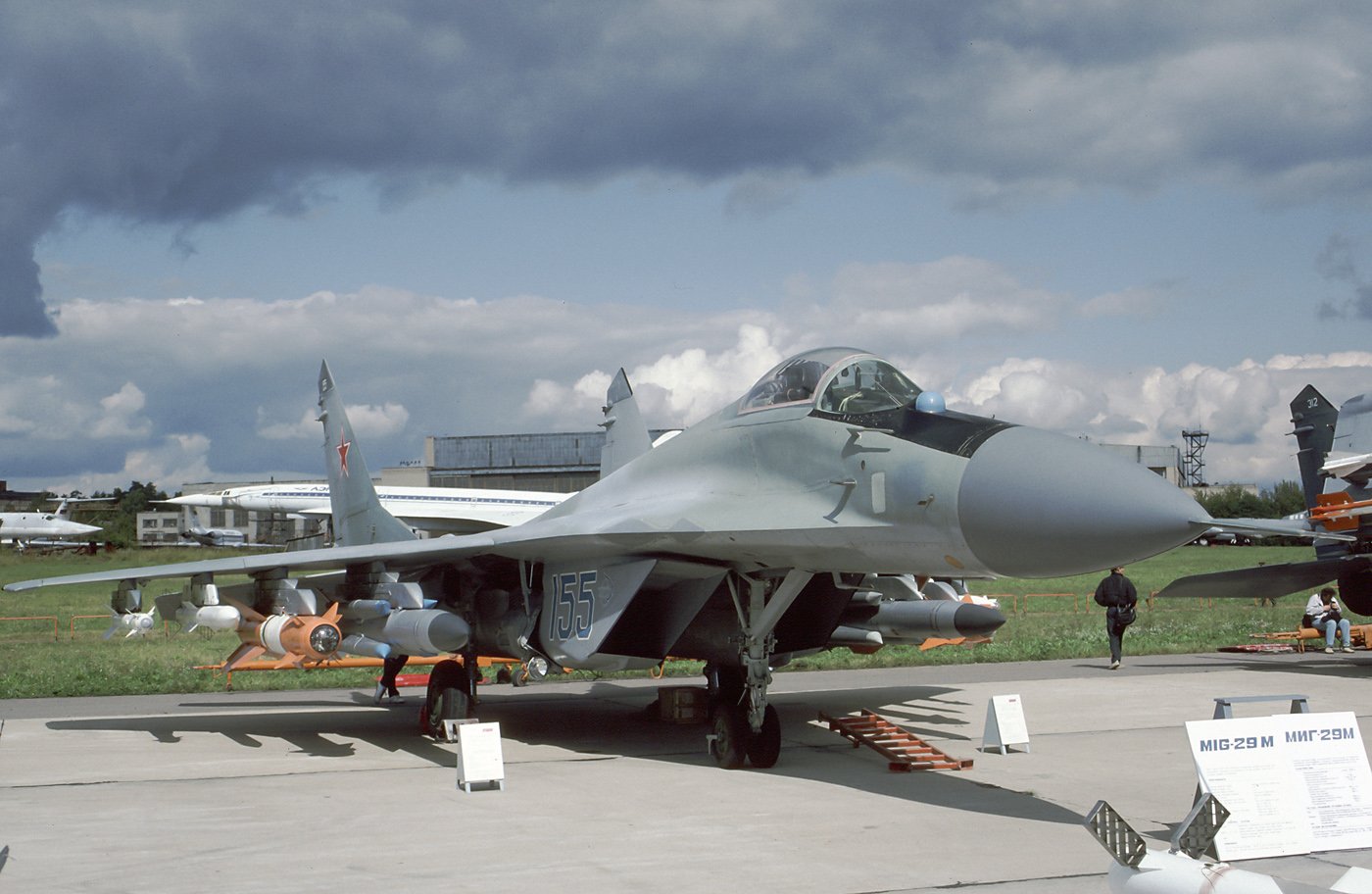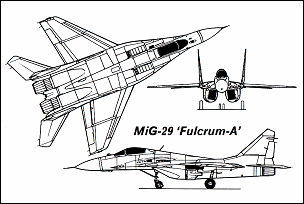There is my boy oopsie whom I missed!
Was about to start calling you OopsieDaisy.
There is my boy oopsie whom I missed!
Was about to start calling you OopsieDaisy.
Well, Fulcrum has changed too


It most certainly has. It actually took on wings similar to the Super hornet in the K (critical for carrier capability)
However, In regard to high alpha flight. The Hornet adopted the Mig29s pattern in the curved LERX and high lift integral design.
You think so? look at the slants on the belly of the intakes for higher lift in fuselage.
Perhaps you are right. Not an integral design, but definite efforts were made to generate more lift in the fuselage. The F-18 has very low fuselage surface area to begin with.
Same with the Mig29K. Its needs it for carrier operations. Not alpha flight.


Notice the larger similar elevators of the Super.
Can you find better diagrams of the migs please. I am sure you will have better luck.
The wider spaced engines are interesting and should be noted. They took the Tomcats designed approach placing the hook between instead of the Hornets because placing them closer together will degrade the high lift features of the Fulcrum.
Additionally it MUST be noted that even the elevators have dog tooth leading edges to maintain the boundary lawyer and maximize controllability in high alpha flight.
This thing should smoke the super Hornet in a stall speed knife fight imo. Yes, the hornet is great a low speed. But by the American standard.
The Russian standard would say it is good. But not the best.
Only the Russians prioritize High alpha flight above all nations.
They needed to make the F/A-18 into something that could continue to be upgraded and meet the modern day requirements that the Legacy Hornet failed to. Since they were essentially shutting down any attempt at making a brand new aircraft they pawned the new aircraft off as an improvement to something that already existed. As such…
The entire aircraft was made larger, fitting larger engines, and even leaving 17 cubic feet of free space for additional hardware it may need down the road. It gave them room to grow.
The larger LERX and fuselage modifications allow it to perform all of the same duties as the legacy hornet while carrying an additional two pylons and solving the issues of “bringback” that the legacy struggled with. It can bring back nearly 9000 pounds of fuel, ordnance, etc instead of dropping it in the sea or flying around just to burn off weight.
You can actually learn a lot about the Super Hornet from the navy.mil archive
In designing Super Hornet, low observable technology was blended with state-of-the-art defensive electronic countermeasures, reduced areas of vulnerability, and high precision technology air-to-air and air-to-ground weapons.
One of the ways they did this was by modifying the air intakes to give a partial S-curve and radar blocker in the intake. The point of reducing the RCS isn’t to make it stealth, but to give it the advantage of being able to spot smaller fighters FIRST.
Sit down, next slide.
That was a byproduct sweety. The larger LERX and highly curved fuselage negate the idea it was all in effort only to reduce radar cross section.
It was simply a byproduct that slightly reduced the FCS which does not matter anyway as the Aircraft operates with a ton of crap hanging from the wings.
DEBUNKED.
If it wasn’t for the fact that it would probably mean more power creep in the game I can’t wait for the MiG-29M 9-15 to come, it’s simply a beauty
Ok they put a s curve and radar blocker inside the intake. Something modern aircraft have… Congratulations? lol
I left for a couple hours and thats what you finally came up with?
My man is begging for some redemption.
Where are you making stuff up? These random sites you claim are too random for other users to use?
LERX has nothing to do with normal flight and lift associated.
leading-edge root extension (LERX) is a small fillet typically roughly triangular in shape, running forward from the leading edge of the wing root to a point along the fuselage. These are often called simply leading-edge extensions (LEX), although they are not the only kind. To avoid ambiguity, this article uses the term LERX.
On a modern fighter aircraft LERX induce controlled over the wing at high angles of attack, delaying the stall and consequent loss of lift. In cruising flight, the effect of the LERX is minimal. However, at high angles of attack, as often encountered in a dogfight or during takeoff and landing, the LERX generates a high-speed vortex that attaches to the top of the wing. The vortex action maintains the attachment of the airflow to the upper-wing surface well past the normal stall point at which the airflow separates from the wing surface, thus sustaining lift at very high angles.
Why would additional pylons necessitate such gigantic curved downward LERX? Why are they bombing and carryout Growler missions at high angles of attack? LOL No silly, it was simply to improve dogfight capability in high angles of attack and assist in take offs and landings which was lacking in the Legacy.
Stop wasting my time this is the Mig29 thread. Go lap ride the F-18 in the appropriate Topic.
I did not study the Yugoslav source, and this is my miscalculation, because I was sure that it was an adaptation of the Soviet one.
If it’s not too much trouble, send me the Yugoslav leadership.
The source has at least four different thrust options for H=0 V=0
I had already found some discrepancies that indicate from the Yugoslav manual the MiG-29 should have higher sustained turn rates at low speeds which is interesting. I think if there are discrepancies it would aid our investigation and show the devs that the information in the practical aerodynamics manual is incorrect.
Thanks for the explanation on the discrepancies. I’ll forward the Yugoslav manual to you in DM’s.
Funny, here he is pretty much saying your conclusions are false.
Then he flips flops positions.
He already found… Now taking credit… did not want to say anything before. But declared the Fulcrum fixed and perfect the entire time? Interesting.
So now he believes the Mig29 is underperforming?
Well, I am glad he no longer thinks it’s a perfect model and should not be touched. GOOD!
German manual and Soviet practical aerodynamics manaul both agree so I dont see how the findings in the Yugoslav manual somehow magically overpower 2 other manuals that do agree with eachother